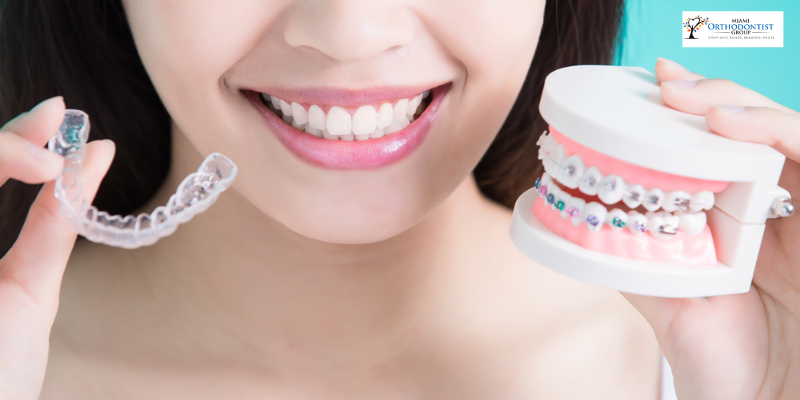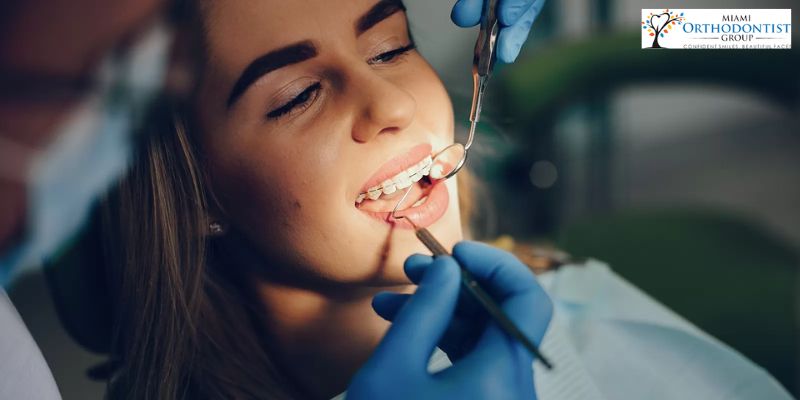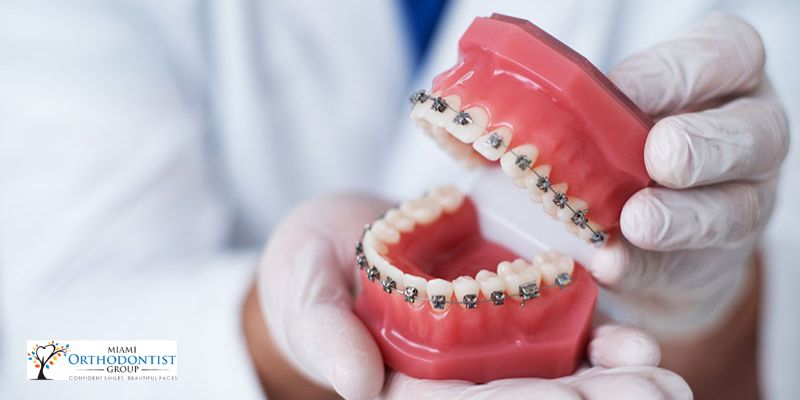Continue reading "How Is The Method Of Invisalign Different From Braces"
Ninety-six percent of people claim that a person’s smile affects how they appear as a whole. Therefore, many people choose braces or Invisalign to get beautifully straight, healthy teeth. But which option—Invisalign or braces—is best for you or your child? A good query! This choice ultimately boils down to a few significant personal priorities and …




